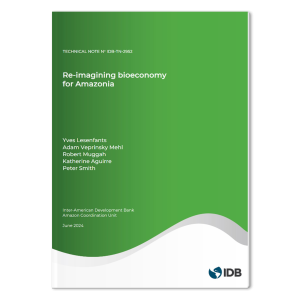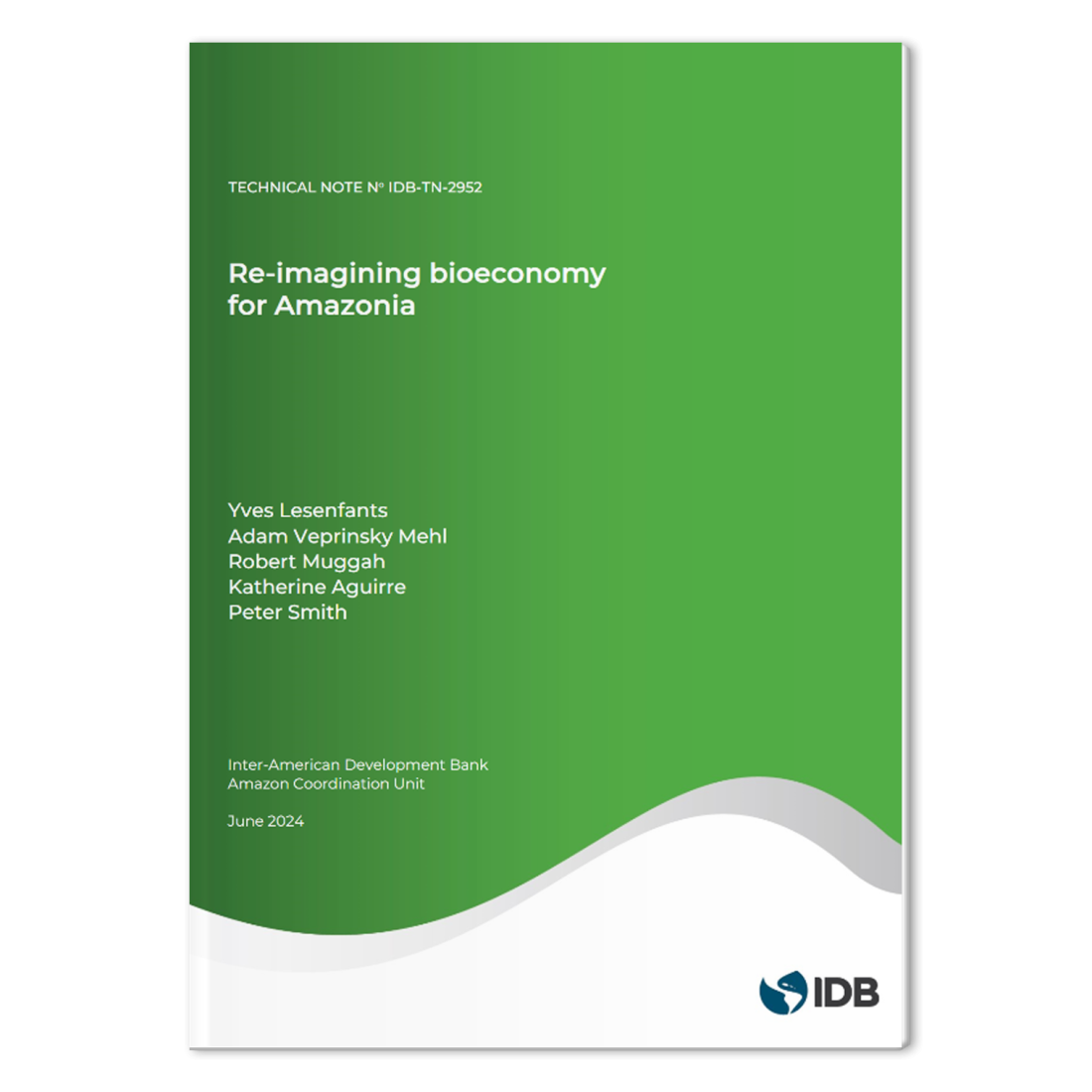Re-Imagining Bioeconomy for Amazonia

A new report by the Inter-American Development Bank (IDB) and the Igarapé Institute examines the bioeconomy of eight Amazonian countries and showcases opportunities to create sustainable economic alternatives for the almost 50 million people living in the region. The report provides new insights on ways to protect the Amazon rainforest before it undergoes a tipping point due to deforestation and degradation.
“Re-imagining bioeconomy for Amazonia” explores how a deeper understanding of local bioeconomy, together with enabling legislation, capital for rapid scaling-up, and infrastructure, can contribute to a thriving regional bioeconomy that helps slow and, eventually, reverse the biodiversity loss.
Prepared in partnership with the Igarapé Institute, the report is the product of roughly 100 interviews and a two-stage survey of over 1,000 respondents from the public and private sectors, academia, and civil society across the Amazon.
While revealing a complex mosaic of definitions, the report confirms that bioeconomy activities across Amazonian countries conform to at least five basic principles:
- The use of biological resources and processes;
- The integration of science, technology, and innovation;
- The inclusion of ancestral and traditional knowledge;
- Investments intended to enhance value addition through improved processing and supply chain efficiencies; and
- A commitment to environmental sustainability, decarbonization, and the provision of environmental services, alongside substituting fossil fuel-based products with more sustainable alternatives.
The report shows that a more robust and resilient Amazonian bioeconomy will require blended finance, technical assistance, cross-sector and cross-country collaboration, as well as technology and innovation. Fortunately, there is a growing push to achieve these objectives in the region.
Access the study



